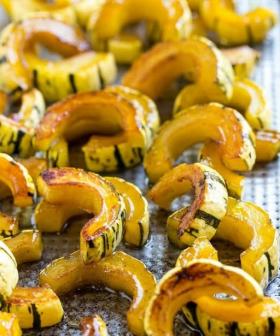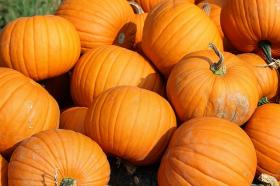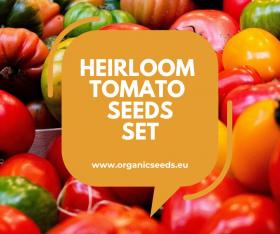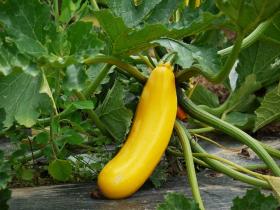
Heirloom SQUASH UCHIKI KURI, organic seeds, heirloom
Cucurbita maxima
Most people initially grow Uchiki Kuri squash because of its seeming similarity to the familiar pumpkin. What they will not have anticipated is finding it a far superior squash to pumpkin.With butter-coloured flesh that is smoother than butternut squash, this teardrop-shaped squash with an intense, sunset-coloured rind has a pronounced, distinctive chestnut flavour.
Each plant forms three to five small pumpkin-like fruits of intense orange red with a golden flesh, averaging 1.5Kg. They are very early to mature and have superb storage characteristics.
Uchiki Kuri Squash is known by a variety of names. It is commonly known as Potimarron or Onion Squash because of its shape, and is also known as Japanese squash, Orange Hokkaido or Red Kuri squash. Once again we have the Japanese to thank for its development.
If you believe that pumpkins and squash are only fit for Halloween lanterns, allow yourself to be converted.
Prepare the Site:
Choose a sunny, sheltered spot with moisture retentive, humus rich soil. Improve the soil by digging in some well-rotted manure or compost. The simplest way is to dig a hole 30cm (12in) deep and 45cm (18in) across and fill it with well rotted compost or manure. Cover with a 15 to 20cm (6-8in) layer of soil to make a raised mound that will provide drainage along with a rich source of nutrients. Left to their own devices the plants will trail for several feet in all directions. Ideally each plant needs 120cm square (4ft square) in order to spread and avoid competing with nearby plants. (Alternatively you can grow them in large containers).
Sowing:
Sow indoors in pots April to June or sow direct from mid May to the end of June.
A minimum temperature of 10°C (50°F) will be needed for germination, which can be supplied in the greenhouse, glazed porch, or cold frame.
If grown entirely in a heated greenhouse seed can be sown in situ in late winter, or early spring for transplanting to a cloche or cold frame. If you do not have any glass, then delay sowing until late spring to avoid damage from heavy frost.
Packet 5 seeds








